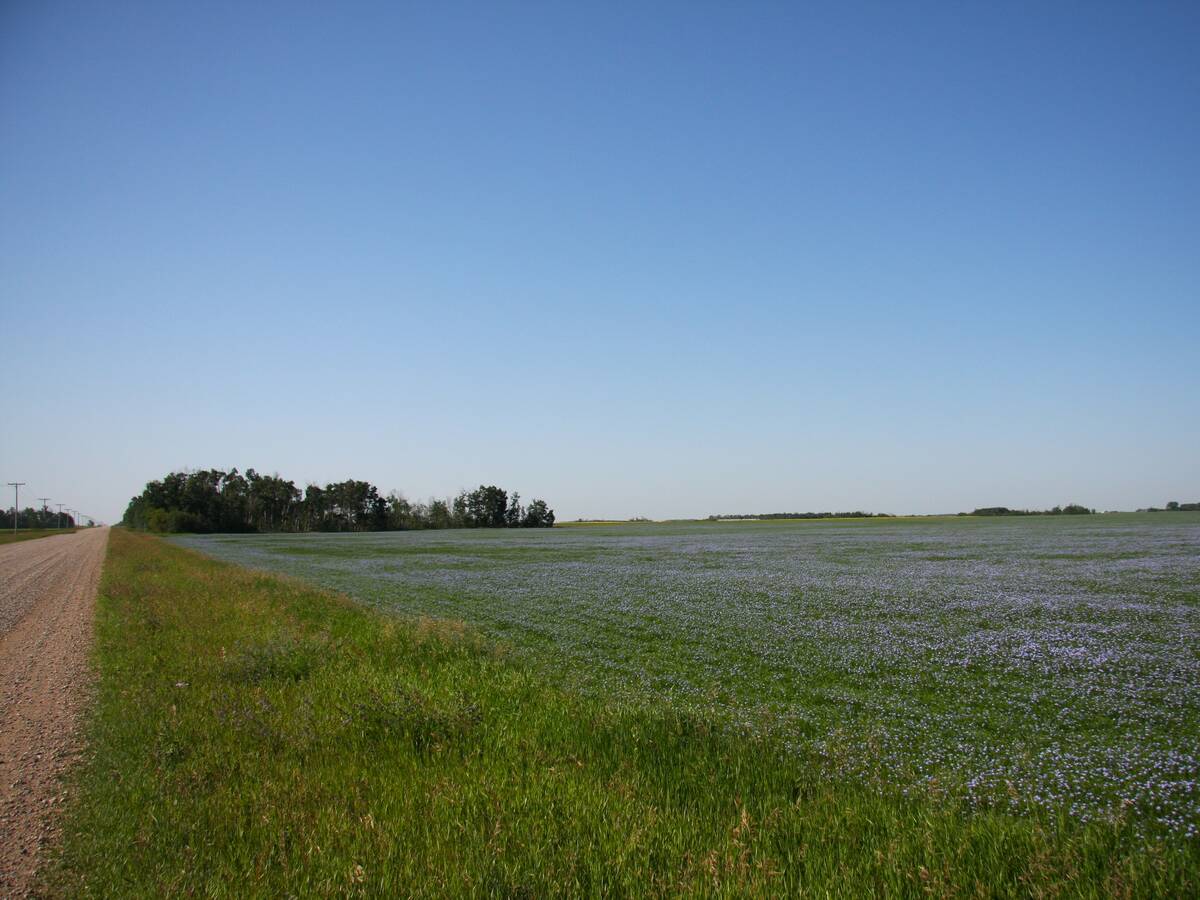EDEN PRAIRIE, Minnesota – On the fourth floor of a modest office building in a leafy suburb of Minneapolis, far from the teeming city core and bustling industrial sectors, sit the corporate offices of Grain Millers Inc..
The company’s officers don’t hide from the public and will talk willingly with farmers and other parts of the grain industry when contacted.
But they don’t draw attention to themselves either, preferring to work quietly at building their business. Staying out of the limelight is a privilege private companies can more easily enjoy than publicly traded ones.
Read Also

Farmland advisory committee created in Saskatchewan
The Saskatchewan government has created the Farm Land Ownership Advisory Committee to address farmer concerns and gain feedback about the issues.
That’s made them one of the biggest buyers of Canadian oats and a major player in supplying raw materials for North American oat products with few people really noticing.
It’s happened without a grand plan, but instead a willingness to grow naturally and follow unexpected opportunities.
“You can go down a path and it leads you places,” said Grain Millers president Steve Eilertson in an interview in his office, summing up the company’s growth from nothing to one that now has mills in three states and one province.
It began with the purchase in 1985 of an aging oat mill in Eugene, Oregon, which one of the founding partners thought would fit his desire to have a horsefeed-focused facility near northern California, the centre of the western horse racing industry. He lived in Seattle and once when passing through Eugene saw the facility. He struck a deal to buy it.
With a partner from Sweden familiar with the human food market, the newborn Grain Millers company gutted the Eugene plant and upgraded it to a food grade facility, going into production in 1986.
Around this time, Eilertson and two partners, who had been operating a small grain company with facilities in South Dakota and Iowa, merged their operations with Grain Millers, for whom they had already been obtaining oats.
The company was soon faced with decisions about a racehorse oat mill it owned in Iowa that had burned down. They rebuilt it, but converted it to a food grade plant.
Meanwhile, powerful winds were filling the sails of what became Grain Millers: the oat bran mania. In the late 1980s, researchers discovered that oat bran could have positive health effects for humans.
Demand for food quality oats immediately boomed.
“The food companies were putting oat bran into almost everything. Even, I think, into beer,” said Eilertson with a smile.
This was a wonderful phenomenon for a start-up company.
“It gave Grain Millers a good kick start. We built up a good customer base.”
But Grain Millers wasn’t the only company buying into the rush to capitalize on the rising fortunes of oats. ConAgra built a plant in Minneapolis and Can-Oat Milling set up in Portage la Prairie, Man.
“You had four or five plants built in the same four or five years,” said Eilertson.
“I don’t think there’d been one built before that for 30 or 40 years.”
Then the New England Journal of Medicine swept the rug out from under the oat milling industry’s feet, by reporting a study that showed that all bran, not just oat bran, seemed to have similar beneficial health effects. Food companies no longer needed to pay high prices for oat bran if other brans were available.
“That threw all this new capacity at risk,” said Eilertson, recalling this dark period of the early 1990s.
Fortunately for Grain Millers, the company’s trading division was making money to cover losses in milling, so it could travel forward while figuring out how to return to making money with oat milling.
“The volumes (of oat bran) were down, but we started growing nicely in other forms: flakes, flours, not just bran,” he said. “Most companies were struggling and we were fortunate enough to have enough legs under us to keep going.”
Some small oats processors closed. Other major companies reduced capacity. But through this dark time some of oats’ true believers kept promoting the value of oats, and oat product giant Quaker persevered with expensive research.
“To Quaker’s credit … they spent a lot of money with independent, third party groups to confirm the value of oats being in your diet.”
The early 1990s also saw Grain Millers expand into other grains, such as wheat, barley and rye.
“We saw it was very important for us to offer a full menu of healthy, whole grain products.”
Grain Millers has always been involved with the organic food market, although only a small portion of its production is a significant line for the company.
Eilertson said having the original facility in Eugene made it easy to get to know the organic industry.
“There are more Volkswagen buses there than anyplace else, and that’s right where the whole organic industry got going,” he said.
In the mid-1990s Grain Millers turned to Canada for most of its oats supply when when Dursban insecticide contamination of stored oats in a major U.S. mill scared customers. That sourcing led Grain Millers to buy the Popowich mill in Yorkton, Sask., in 2001, a purchase that has helped the company hit one strategic distribution goal.
“One of our strategies has been to be able to hit almost any place in North America at effectively the same price from two of our plants,” said Eilertson.
With plants in Oregon, Saskatchewan and Iowa, the main cereal processing zones are all covered.
Oats are now back in favour with consumers as healthy products, he said, but as time goes by, food safety demands are increasing, so while Grain Millers plans to continue focusing on feeding this market, it’s going to push itself to offer more rigorous standards of food safety, because that’s where it sees consumer demand growing.
“We want to know that once we’ve got it, that it moves through our system and ships to our customer, that we’ve done everything we can to ensure the quality of that product.”
Grain Millers has seen surprising growth for oats products, sudden slumps, industry pain and then strong recovery. Eilertson said he thinks decisions made in the 1980s to embrace oats as a human food are still a sound focus for the company.
“We don’t see an end to demand for healthy grain.”















